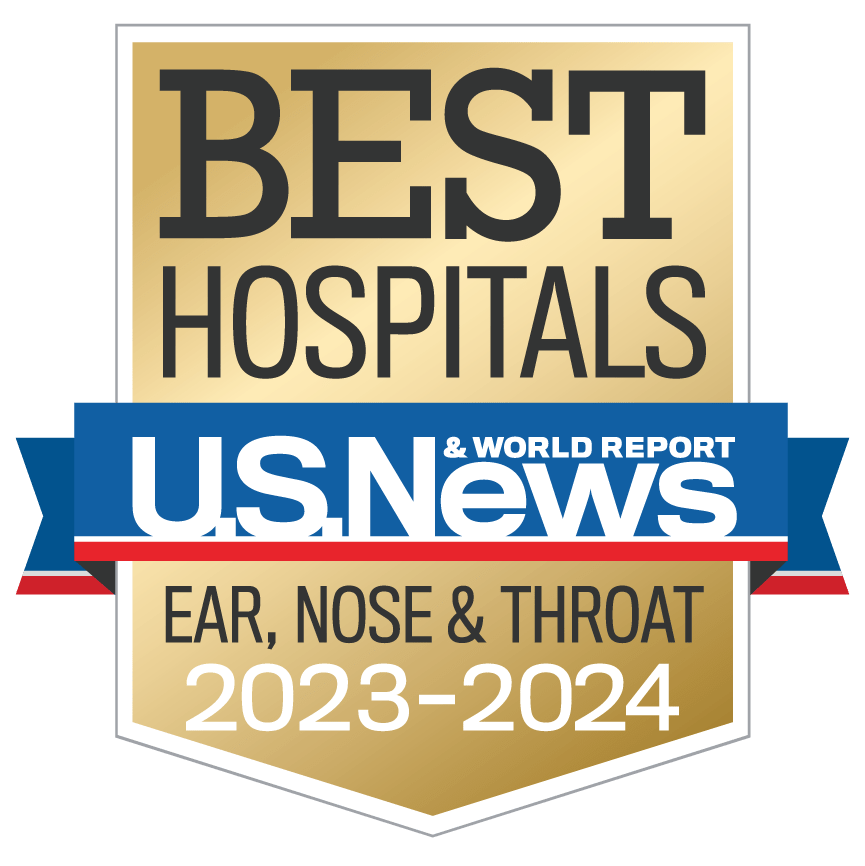
Clinical programs for gender-variant and transgender patients strengthened by staff education, community partnerships
Facial features and voice are among the first things we notice when meeting someone. We’re accustomed to assuming a person’s gender based on these identifying characteristics. However, the way someone looks or sounds may not align with how they identify themselves.
This is especially true for gender-variant and transgender patients.
“When someone’s looks or voice are not congruent with how they feel inside, this can have far-reaching impacts,” says Ryan Nesemeier, MD, a facial plastic and reconstructive surgeon in the Department of Otolaryngology – Head and Neck Surgery at The Ohio State University Wexner Medical Center.
Nesemeier and department colleague and otolaryngologist Laura Matrka, MD, are part of a team at the Ohio State Wexner Medical Center offering therapeutic and surgical services to help unify a person’s internal sense of self with how they want to present themselves to others.
But clinical care is just one part of their department’s holistic approach to gender-affirming care, the doctors say.
They’ve extended their “first impression” work to every aspect of the patient experience — from scheduling and front-desk interactions to the walk back from the waiting room. Their goal, Matrka says, is to make sure every person knows where to go for care and understands that’s a place where they’ll be safe and treated fairly.
“Gender-affirming care is about more than using someone’s pronouns,” Nesemeier says. “It’s about instilling trust in an already marginalized patient population.”
Advanced otolaryngology care for gender-variant patients
Increased visibility of transgender people and the issues surrounding transgender rights have exposed disparities in health care delivery for this population.
“As physicians, when we are able to clearly see disparities in care, it’s up to us to try to address them,” Nesemeier says.
Building more robust secondary and post-hormone treatment programs for gender-variant and transgender people is one way to improve care access.
The otolaryngology team at the Ohio State Wexner Medical Center offers the latest options in gender-affirming facial augmentation and vocal therapeutics. Nesemeier and team work with patients who desire facial feminization or masculinization surgery.
“I’m especially interested in helping patients’ outward expression match their inner identity,” Nesemeier says. “I am not alone in this, as we are currently in the middle of tremendous growth in gender-affirming facial augmentation within our specialty. What sets us apart is that we are actually putting ideas to action.”
Matrka performs voice-focused head and neck exams and works alongside the department’s speech-language pathology team to develop treatment plans designed not just to lower or elevate pitch, but to capture the entirety of factors contributing to voice-related identity. While vocal cord surgery is an option for those who need it, most people find benefit from voice therapy alone.
“There are so many things that go into voice and its perception,” Matrka says. “Addressing a person’s voice concerns not only improves their emotional health, it could save them from actual physical harm in transphobic environments.”
Educating to align experience with outcomes
Matrka credits part of the department’s success to an early partnership with community-based speech-language pathologist Anna Lichtenstein, SLP. Lichtenstein is now a voice therapist at the Ohio State Wexner Medical Center who devotes her practice to the transgender and gender-variant community.
The initial referral relationship between Matrka and Lichtenstein led to growth in the number of people seeking gender-affirming care at the Ohio State Wexner Medical Center. But Matrka, Nesemeier and others on the team knew there was work to be done to ensure each patient’s experience — at every touchpoint — aligned with the clinical care they were receiving.
“I realized that intuition wasn’t enough,” Matrka says. “Caring for gender-variant and transgender people isn’t just about doing what feels right or kind or thoughtful. It’s about educating yourself on language that’s more welcoming. It’s about understanding that safety is a concern and changing the way you interact with others to make sure they feel safe.”
A team training session for all office staff became a turning point, Matrka says.
“I’m confident after our training that no patient will come here and have a bad interaction because of their gender identity,” Matrka says. “Our team knows that every touchpoint for the patient matters.”
The otolaryngology team is not alone in their gender-affirming care work at the Ohio State Wexner Medical Center.
“We work in a very multidisciplinary fashion,” Nesemeier says. “We’re in close contact with primary care, mental health and surgical subspecialties for a holistic approach to any patient who comes in.”
Advocating for patients
Another area of focus for Matrka and Nesemeier is patient advocacy. They advocate through interactions with employers and insurers as well as through research to demonstrate the positive quality-of-life impact these services have.
“There are huge gaps in coverage for gender-affirming facial and voice treatment,” says Matrka, “even in plans considered pretty progressive.”
The pair believe they can make a difference in moving employers and insurers toward more transgender-inclusive benefits. And they know that work takes partnership.
“Community partnerships are everything,” Matrka says. “Not just to build your referral base and make sure patients know where to go, but also in the effort to lobby for better coverage.”

2024 Year in Review
See how Ohio State is shaping the field of Otolaryngology – Head and Neck Surgery.

